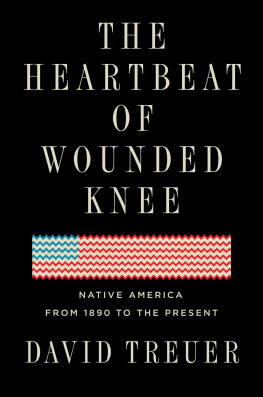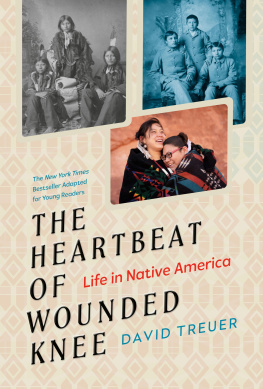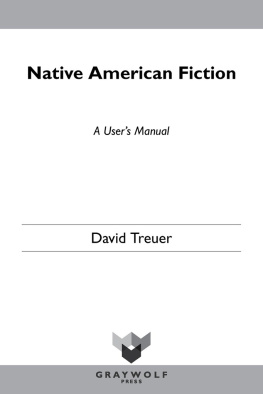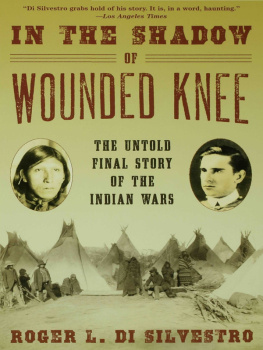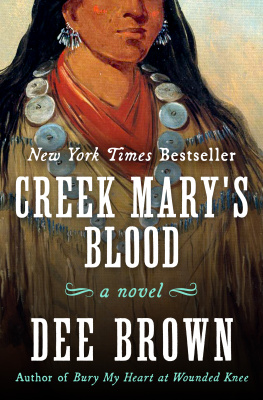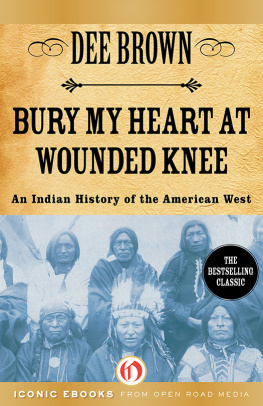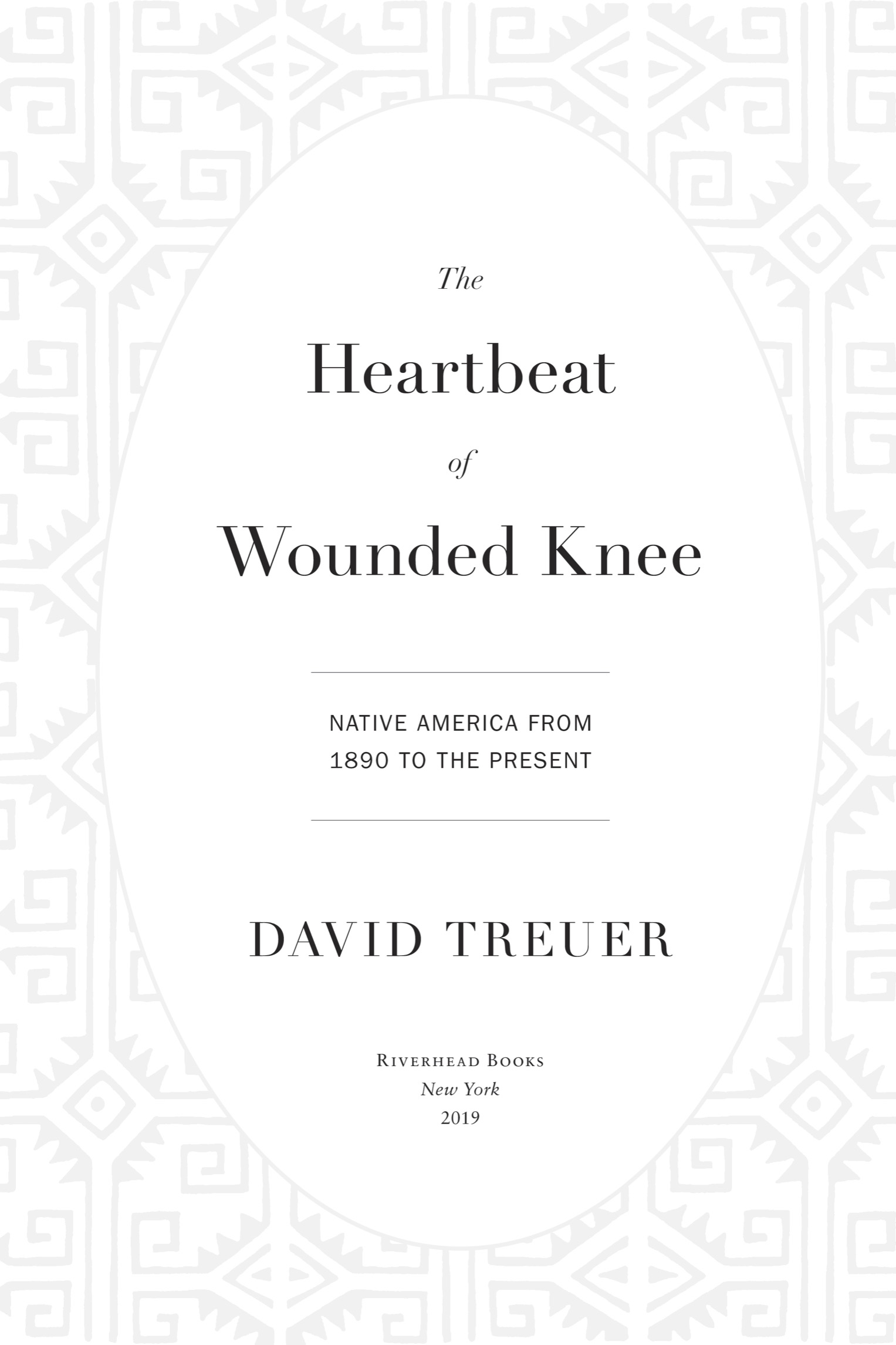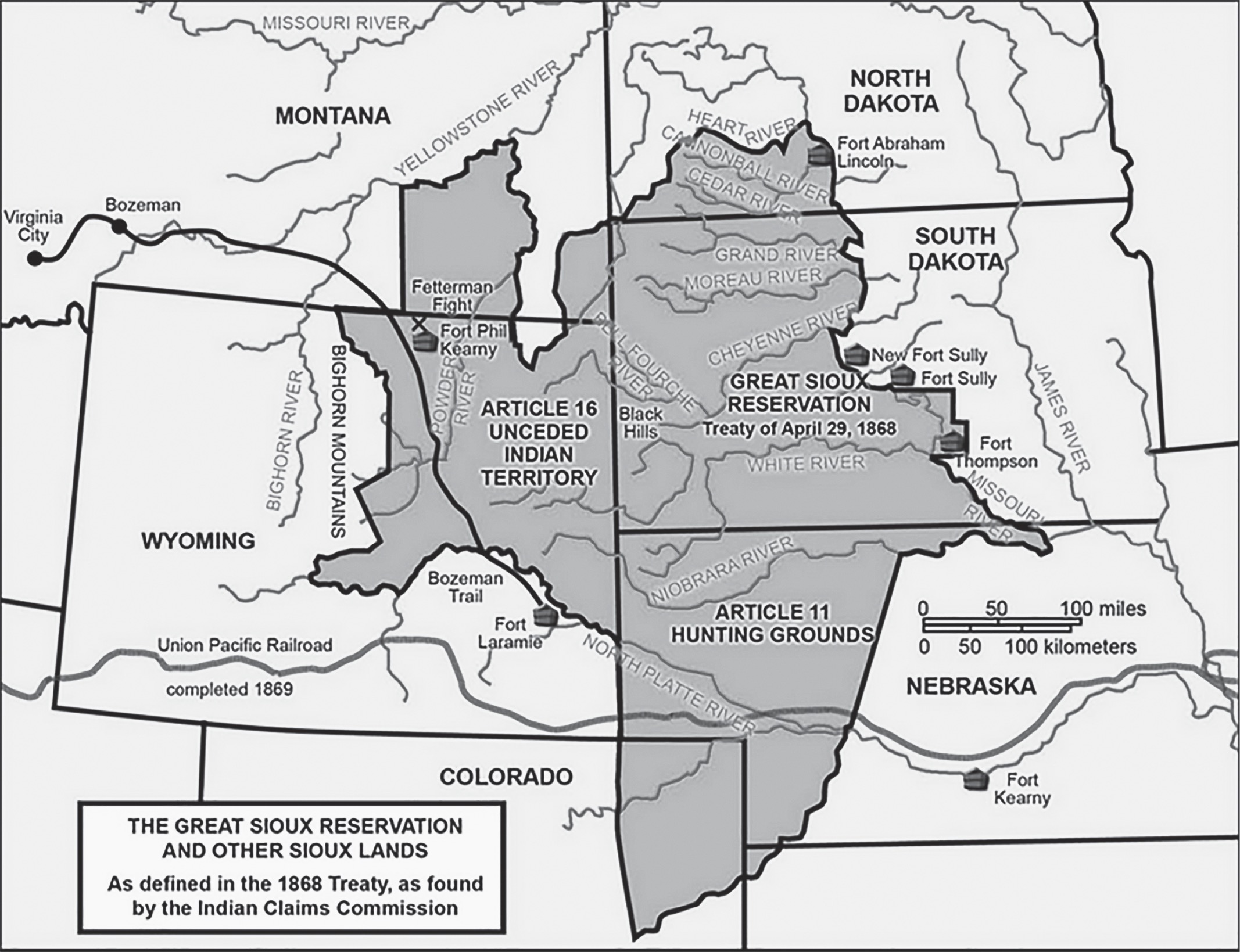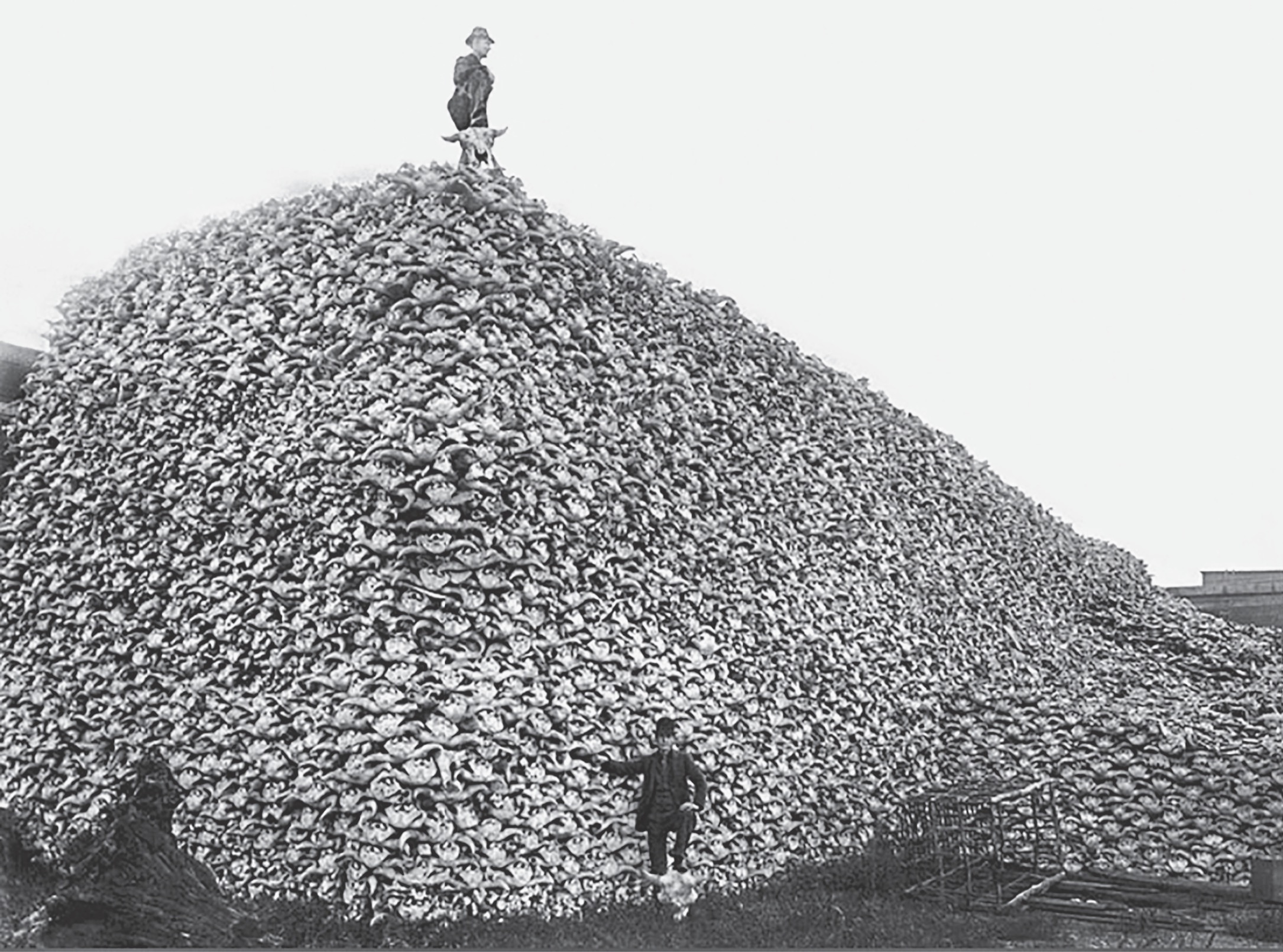David Treuer - The Heartbeat of Wounded Knee: Native America from 1890 to the Present
Here you can read online David Treuer - The Heartbeat of Wounded Knee: Native America from 1890 to the Present full text of the book (entire story) in english for free. Download pdf and epub, get meaning, cover and reviews about this ebook. year: 2019, publisher: Riverhead Books, genre: Politics. Description of the work, (preface) as well as reviews are available. Best literature library LitArk.com created for fans of good reading and offers a wide selection of genres:
Romance novel
Science fiction
Adventure
Detective
Science
History
Home and family
Prose
Art
Politics
Computer
Non-fiction
Religion
Business
Children
Humor
Choose a favorite category and find really read worthwhile books. Enjoy immersion in the world of imagination, feel the emotions of the characters or learn something new for yourself, make an fascinating discovery.
- Book:The Heartbeat of Wounded Knee: Native America from 1890 to the Present
- Author:
- Publisher:Riverhead Books
- Genre:
- Year:2019
- Rating:3 / 5
- Favourites:Add to favourites
- Your mark:
The Heartbeat of Wounded Knee: Native America from 1890 to the Present: summary, description and annotation
We offer to read an annotation, description, summary or preface (depends on what the author of the book "The Heartbeat of Wounded Knee: Native America from 1890 to the Present" wrote himself). If you haven't found the necessary information about the book — write in the comments, we will try to find it.
Dee Browns 1970Bury My Heart at Wounded Kneewas the first truly popular book of Indian history ever published. But it promulgated the impression that American Indian history essentially ended with the 1890 massacre at Wounded Knee--that not only did one hundred fifty Sioux die at the hands of the U. S. Cavalry but Native civilization did as well.
Growing up Ojibwe on a reservation in Minnesota, training as an anthropologist, and researching Native life past and present for his nonfiction and novels, David Treuer uncovered a different narrative. Instead of disappearing, and despite--or perhaps because of--intense struggles to preserve their language, their culture, their very families, the story of American Indians since the end of the nineteenth century to the present is one of unprecedented growth and rebirth.
InThe Heartbeat of Wounded Knee, Treuer melds history with reportage and memoir. Beginning with the tribes devastating loss of land and the forced assimilation of their children at government-run boarding schools, he shows how the period of greatest adversity also helped to incubate a unifying Native identity. He traces how conscription in the US military and the pull of urban life brought Indians into the mainstream and modern times, even as it steered the emerging shape of their self-rule and spawned a new generation of resistance. In addition, Treuer explores how advances in technology allowed burgeoning Indian populations across the continent to come together as never before, fostering a political force. Photographs, maps, and other visuals, from period advertisements to little-known historical photos, amplify the sense of accessing a fascinating and untold story.The Heartbeat of Wounded Kneeis an essential, intimate history--and counter-narrative--of a resilient people in a transformative era.
David Treuer: author's other books
Who wrote The Heartbeat of Wounded Knee: Native America from 1890 to the Present? Find out the surname, the name of the author of the book and a list of all author's works by series.

